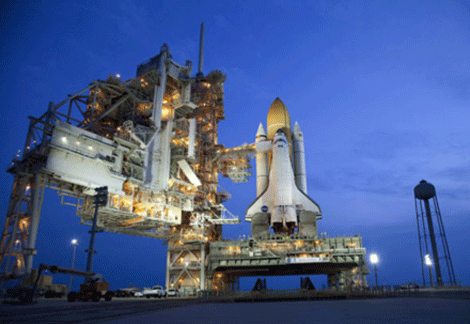
3D printed parts will soon be heading for the launchpad
Sick of producing parts that, when printed off on your desktop 3D printer, have all the toughness and resilience of your average premiership footballer? Well Nasa are going to make you feel worse.
The largest 3-D printed rocket engine component NASA ever has tested blazed to life last week during an engine firing that generated a record 20,000 pounds of thrust.
The component tested during the engine firing, an injector, delivers propellants to power an engine and provides the thrust necessary to send rockets to space. During the injector test, liquid oxygen and gaseous hydrogen passed through the component into a combustion chamber and produced 10 times more thrust than any injector previously fabricated using 3-D printing.
The component was manufactured using “selective laser melting” (as much as we’re told of the process) of nickel-chromium alloy powder. A subscale injector with 28 elements, the part was similar in size to injectors that power small rocket engines.
This injector had only two parts, whereas a similar injector tested earlier had 115 parts. Fewer parts require less assembly effort, which means complex parts made with 3-D printing have the potential for significant cost savings.
“This successful test of a 3-D printed rocket injector brings NASA significantly closer to proving this innovative technology can be used to reduce the cost of flight hardware,” said Chris Singer, director of the Engineering Directorate at NASA’s Marshall Space Flight Center in Huntsville Alabama.






